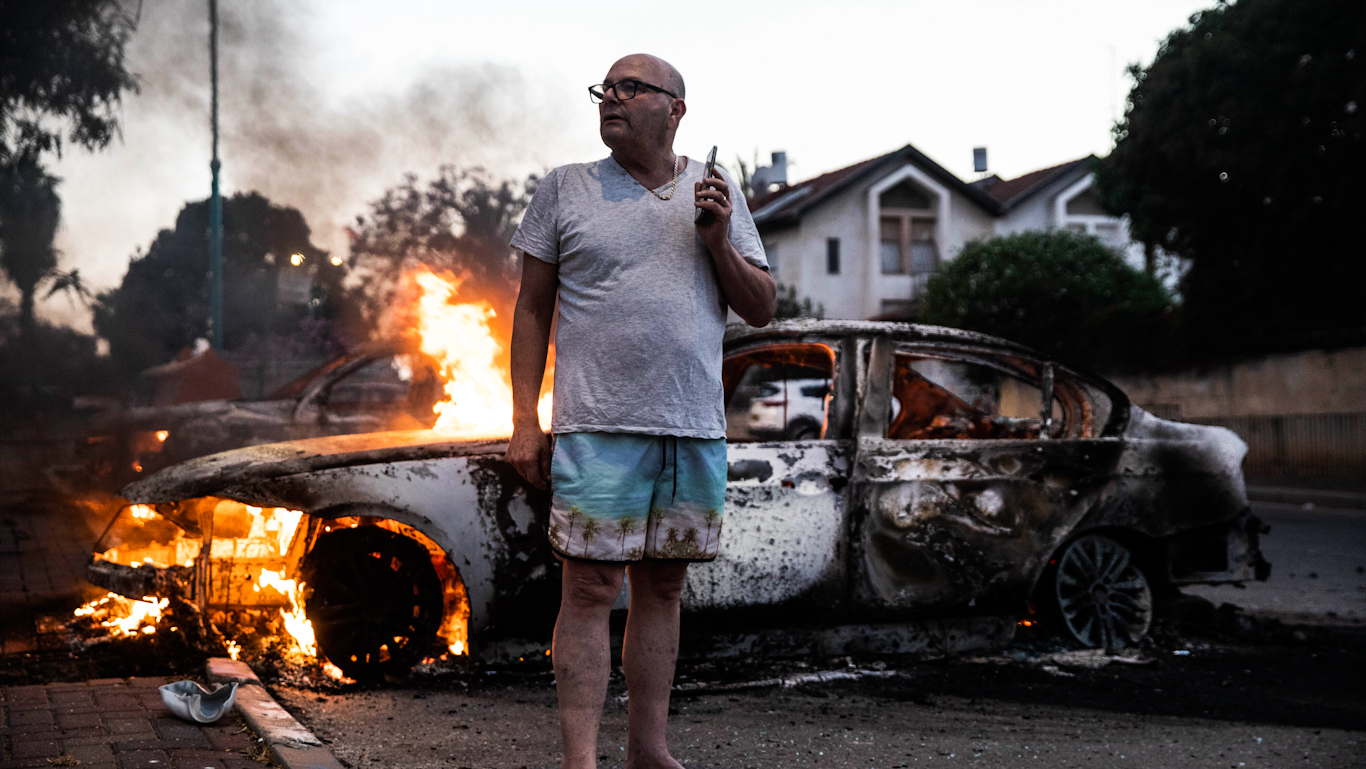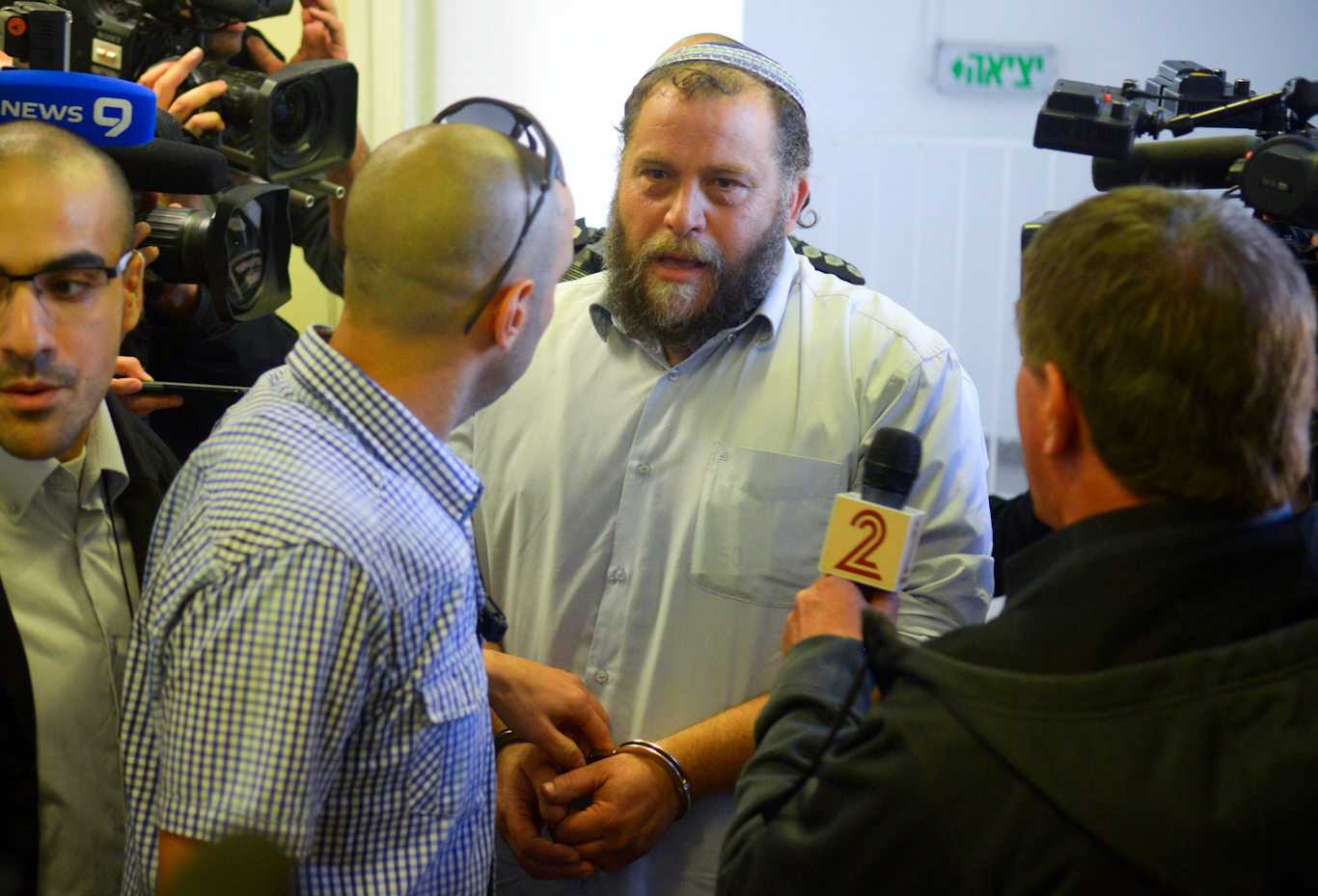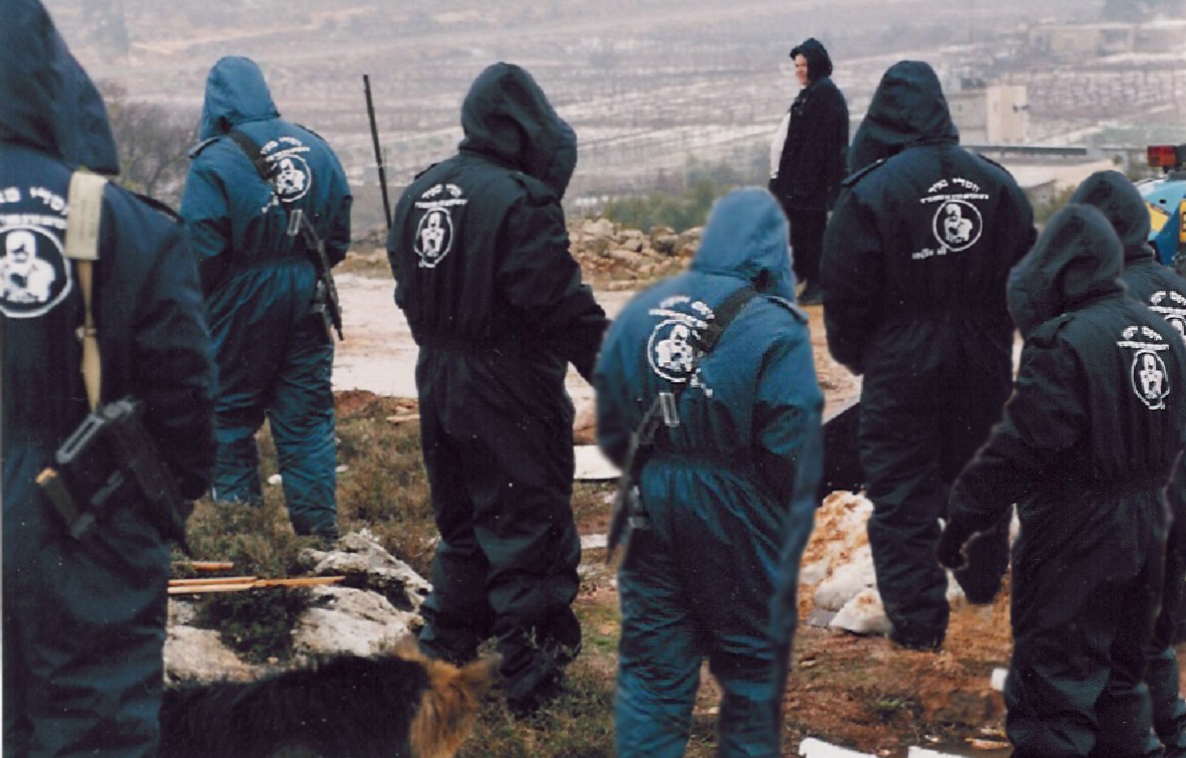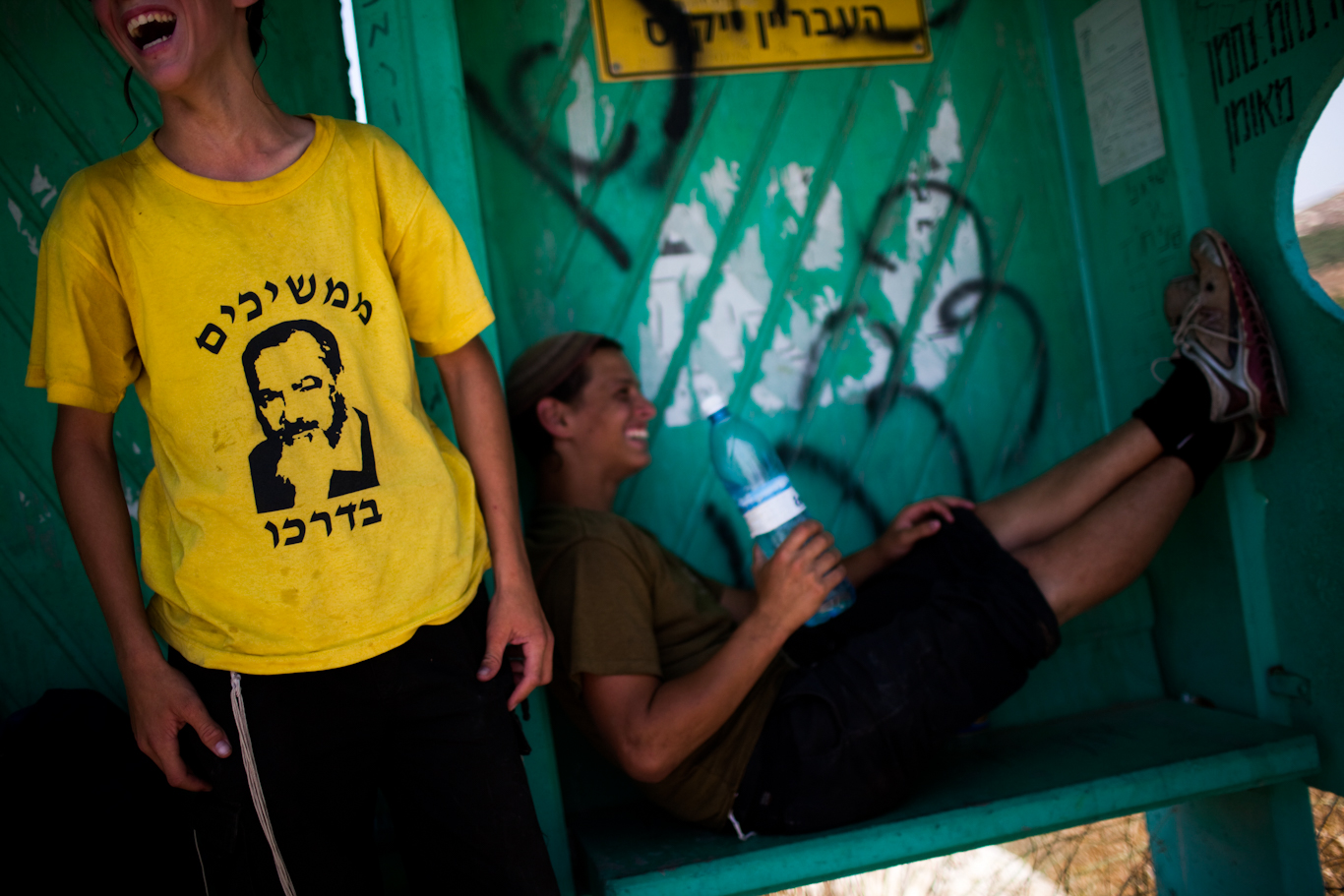May 28th, 2021

By Jessica Buxbaum
The IRS states that terrorist activities are considered substantial means for disqualifying an organization’s tax-exempt status, yet money is still finding its way through a number of high-profile tax-exempt American charities to known terrorist groups inside Israel.
JERUSALEM — As Israel rained rockets down on Gaza in mid-May, inside 1948-occupied Palestine (Historic Palestine and modern-day Israel), another kind of Israeli terror emerged. Jewish supremacists stormed cities with high Palestinian populations chanting “Death to Arabs!,” attacking scores of Palestinians and vandalizing their properties.
The mob violence killed two Palestinian citizens of Israel, according to the Mossawa Center: the Advocacy Center for Arab Citizens of Israel. And despite calls for calm, the attacks are ongoing. On Thursday, a Jewish mob dragged a Bedouin driver out of his car and beat him with glass bottles in northern Historic Palestine. Earlier, footage posted on social media showed Arab gas station workers lying on the ground after being surrounded and beaten by a Jewish mob in the town of Binyamina:
The American Jewish community condemned the wave of anti-Palestinian violence, under the assumption these attacks stem from the fringes of Jewish society. In reality, however, these Jewish supremacists receive financial support from a network of charities in the United States.
Jewish extremists organizing online
As the Israeli government orchestrated a bombing campaign on Gaza, right-wing Israeli activists were coordinating their own war-like operations online.
According to HaBloc, an Israeli nonprofit organization monitoring anti-democratic activity, tens of new groups have been created in the last two weeks on WhatsApp and Telegram. The number of participants in each group ranged from the tens, hundreds, and even thousands. About 22,00 people in total were active in these groups.
HaBloc’s observation of these ultra-right-wing groups reveals how they used social media to organize attacks in advance offline. The groups exchanged information, sold weapons like knives, bats, and pepper spray, used inflammatory rhetoric such as calling for revenge against Palestinian citizens of Israel and documented themselves rioting in the streets.
“This is far more than what’s happening on a daily basis within the far right in Israel,” Ran Cohen, co-founder of HaBloc, said of the extremist activity.
News media reported that the main groups behind the recent rampage were Lehava, a Jewish supremacist organization opposing assimilation and coexistence, and La Familia, a far-right group supporting the Israeli Premier League football club Beitar Jerusalem.
The Israel Religious Action Center (IRAC), the public and legal advocacy arm of the Reform Movement in Israel, has been monitoring Lehava’s activity for more than a decade.
“Lehava is an organization that claims to work against assimilation, but basically wants to create a Jewish-only space in Jerusalem and in Israel in general,” Rabbi Noa Sattath, IRAC’s director, told MintPress News. “In this last wave of violence, they were certainly instigators in several of the cases.”

IRAC demanded Lehava be labeled a terrorist organization in a letter sent this week to Israeli Minister of Defense Benny Gantz, Attorney General Avichai Mandelblit, and Head of the Shabak (General Security Service) Nadav Argaman.
Researchers within HaBloc, cautioned, though, attaching the violence to specific organizations.
“The role of Lehava in what happened is not direct,” HaBloc said. “It’s not like there was a central command and they’re sending people into the streets. It was really something that sort of spread out in a more organic way.”
“But the infrastructure and the ideology of Lehava is present and it contributes to what happened in the past few weeks,” HaBloc added.
The American charities bankrolling Lehava
Ben-Zion Gopstein is the leader of Lehava (or “flame” in Hebrew) and founded the organization in 2005. He is a notorious right-wing activist and disciple of Rabbi Meir Kahane, an American-Israeli extremist who founded the Kach Party, a political movement espousing racist beliefs.
After a brief stint in the Knesset (Israeli parliament) in the 1980s, the Kach Party was banned from Israeli politics and deemed a terrorist organization by both Israel and the U.S.
Kahane called for the expulsion of Palestinians and Arabs from the Holy Land and advocated for the outlawing of marriage between Jews and non-Jews.
Four years after Kahane’s assassination in 1990, Baruch Goldstein, an ardent Kahane follower, opened fired at the Ibrahimi Mosque in Hebron—killing 29 worshippers.
Kahane and Goldstein have become revered within the Israeli settler movement. Settlers have shared Kahane’s teachings on social media and have prayed at his grave.
Lehava is considered the successor to Kach, and Kahane’s racist ideology, Kahanism, runs deep within Lehava circles.
In addition to following right-wing interactions online, HaBloc’s research has also found a complex web of nonprofits in Israel and the U.S. connected to Lehava.
Lehava is not a registered charity in Israel so it can’t accept donations. Instead, money is funneled to Lehava through the Israeli nonprofit, the Foundation for the Salvation of the People of Israel, or Hakeren Lehazalat Am Israel in Hebrew. Israeli fund, Chemla or “mercy” in Hebrew has also been linked to Lehava until about 2014, according to HaBloc.
The Foundation for the Salvation of the People of Israel did not respond to requests for comment via email. The email address may be Gopstein’s as “benzion” is part of it. When contacted at the telephone number associated with the organization’s GuideStar (a nonprofit database) profile, the person said this was not the foundation and hung up. Contact information for Chemla is not publically available.
Two tax-exempt charities in the U.S. fund Kahanist activity in Israel: Charity of Light and the American Friends of Yeshivat HaRa’ayon HaYehudi.
Charity of Light funnels money to Chasdei Meir (which translates roughly into “charity which shines” in Hebrew). Chasdei Meir was named after Kahane, according to the fund’s website. As evidenced on Charity of Light’s tax returns, Chasdei Meir is related to the Chemla Fund. Charity of Light donated $72,000 to Chasdei Meir/Chemla Fund in 2018, according to its most recent tax filing.

The American Friends of Yeshivat HaRa’ayon HaYehudi directly supports Yeshivat HaRa’ayon HaYehudi or the Jewish Idea Yeshiva, a Jewish education institution founded by Kahane.
“This is sort of the place for indoctrination of Kahanist ideology,” HaBloc said. “It’s where Benzi Gopstein studied and other prominent Kahanist figures.”
The charity gave $154,000 to Yeshivat HaRa’ayon HaYehudi in 2018, according to the most recent tax report. The yeshiva is even classified as a terrorist organization by the United States. The yeshiva’s dean, Rabbi Yehuda Kroizer, is also part of Chasdei Meir. The yeshiva did not return a request for comment.
The nonprofits’ tax filings list Levi Chazan as the director of Charity of Light and American Friends of Yeshivat HaRa’ayon HaYehudi, and Steven Goldrich is listed as a director of Charity of Light and treasurer of American Friends of Yeshivat HaRa’ayon HaYehudi. Chazan was convicted in a 1984 bus shooting in the Occupied West Bank, which wounded seven Palestinians. Both did not respond to requests for comment.
HaBloc explained this entanglement of Israeli and American organizations is not directly supporting Lehava with monetary contributions, but rather aiding the network around it.
“The relationship between [Lehava] and groups that are funded with American money are two separate issues,” HaBloc’s Cohen said. “There are connections, of course, but we cannot say that these groups that were active in the last two weeks were funded with American dollars.”
Other financial players
The aforementioned charities are largely linked to Kahanism and Lehava, but other American foundations have also been tied to Israeli extremism.
The Traditional Fund gave $51,000 to American Friends of Yeshivat HaRa’ayon and $11,500 to American Friends of Chasdei Meir in 2018. The American Friends of Chasdei Meir is not listed in any available nonprofit database, however, Chasdei Meir’s website does name the American Friends of Chasdei Meir as its contact. The Traditional Fund did not respond to press inquiries.
According to T’ruah: The Rabbinic Call for Human Rights, the Central Fund of Israel (CFI) funds Chemla and Yeshivat HaRa’ayon HaYehudi. The organization filed a complaint with the Internal Revenue Service (IRS) in 2018 to revoke CFI and the American Friends of Yeshivat HaRa’ayon’s charitable status on the grounds these groups are funding terrorism.
IRS charity law states that terrorist activities are considered substantial means for disqualifying an organization’s tax-exempt status. This is in accordance with engaging in illegal acts contrary to standard U.S. policy.
A litany of private foundations supports the CFI. Most notably, the foundations belonging to the late American billionaires Sheldon Adelson and Irving Moskowitz. The Moskowitz family foundations have contributed more than $8 million to CFI since 2018 and Adelson’s foundation gave $50,000 to CFI in 2018.

Jay Marcus of CFl said in a statement to MintPress News that, “The Central Fund of Israel absolutely rejects violence and does not support any organizations that promote violence. Furthermore, if an organization that we once supported ever started promoting violence, CFI would not support them in the future.”
Marcus claims that he hasn’t heard of Lehava, adding, “having had rockets indiscriminately showered down on my head, I would certainly disagree with your myth about which ‘groups start violence.’”
The Falic family, owners of the major retail chain Duty Free Americas, has supported The Fund for Saving the People of Israel in the past, providing a total of $60,000 to the association from 2007-2017. The money is wired through the Falic’s Israel-based foundation, the Segal Fund. The Falics could not be reached for comment.
Kahanism’s surge in Israel
Kahane’s Kach Party was banned from entering Israeli politics in 1988. But thanks to Israeli Prime Minister Benjamin Netanyahu, Kahanists are now infiltrating the halls of the Knesset (Israeli parliament).
In the lead-up to Israel’s March election, Netanyahu pushed for a right-wing alliance with Itamar Ben-Gvir, a Kahanist, a defense lawyer for price tag campaigners, and leader of the far-right Otzma Yehudit (Jewish Power) party. Otzma Yehudit partnered with the anti-LGBTQ Noam Party and the National Union-Tkuma faction to form the Religious Zionism bloc in the last election. The coalition allowed the electoral list to secure six seats in the Knesset and for a Kahanist to gain political power. Rabbi Sattath pins the blame squarely on Netanyahu for Jewish supremacists’ rise in government.

“Because the prime minister was in such a dire situation and was desperate for every vote, he gave [Otzma Yehudit] the legitimacy,” Rabbi Sattath said. “What we’re seeing here in Israel and around the world is that one of the symptoms of democracies in decline is when the extreme right takes over the center right. The fact that the prime minister and some of the right-wing parties gave the Jewish Power Party legitimacy has then increased their power. And that’s what enabled them to use these methods they’ve used for over a decade on a large scale in the last wave of violence.”
Upon reflecting back to Kahane’s short time in the Knesset, Rabbi Sattath said he faced opposition from every politician and was immediately ostracized.
“When he got into the Knesset, he got the bare minimum [of votes] to get one seat. But what happened in the eighties was he was boycotted by every other Knesset member. Nobody would sit in the plenum when he was speaking,” Rabbi Sattath said. “Everybody from the left and the right understood that these ideas were dangerous and extreme and had to be restrained.”
Today, the political climate in Israeli politics is different.
“What we’re seeing now is that the restraint is completely over,” Rabbi Sattath continued. “And we’re hoping that by shedding light on the past weeks’ violence, we can return to the understanding that there needs to be a red line, that these violent militias and racist, Jewish supremacists have to be stopped.”













No comments:
Post a Comment